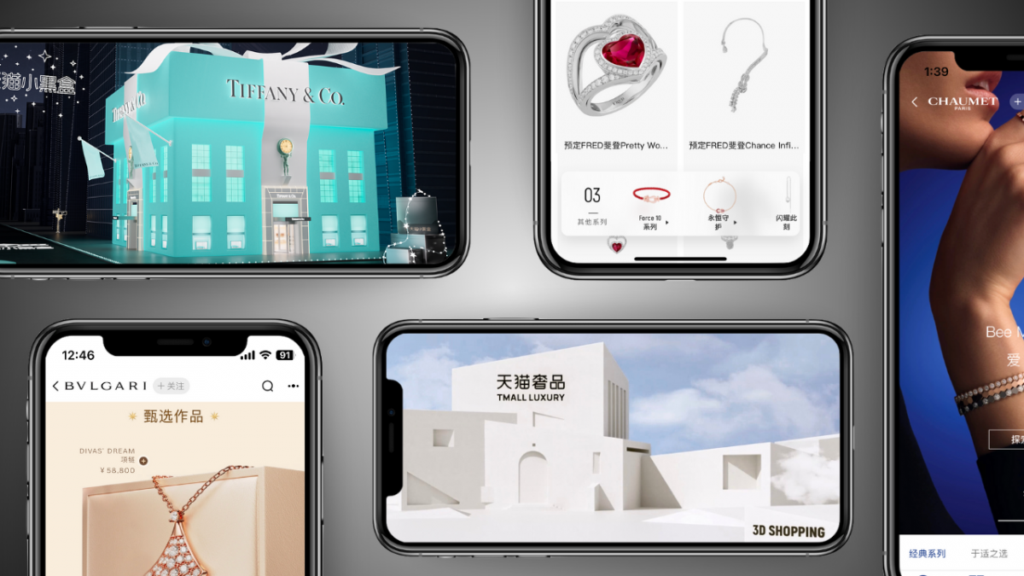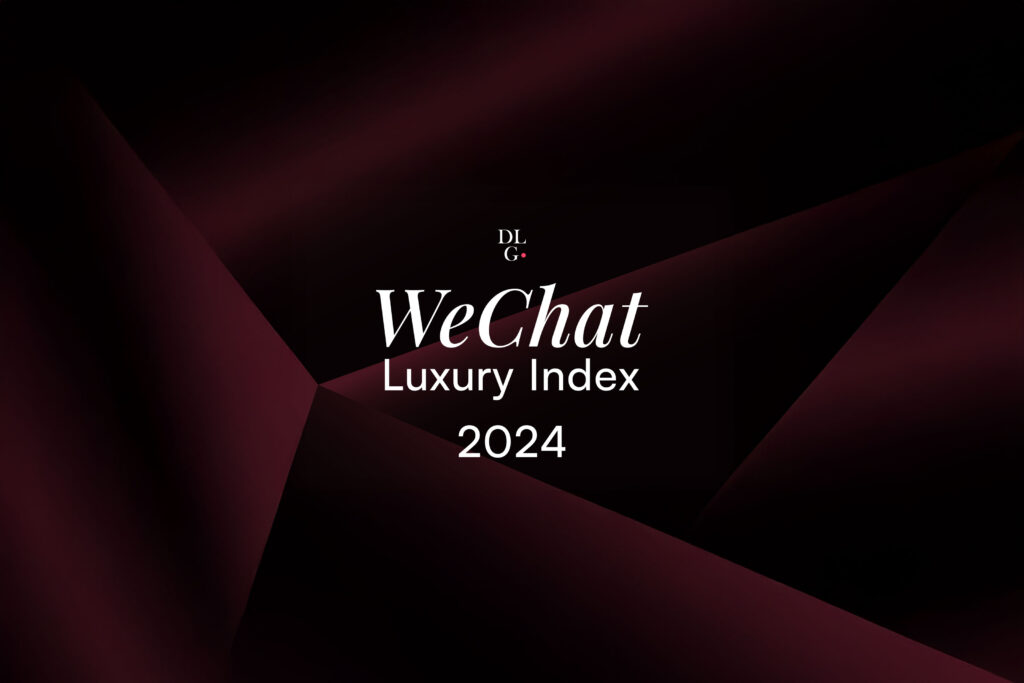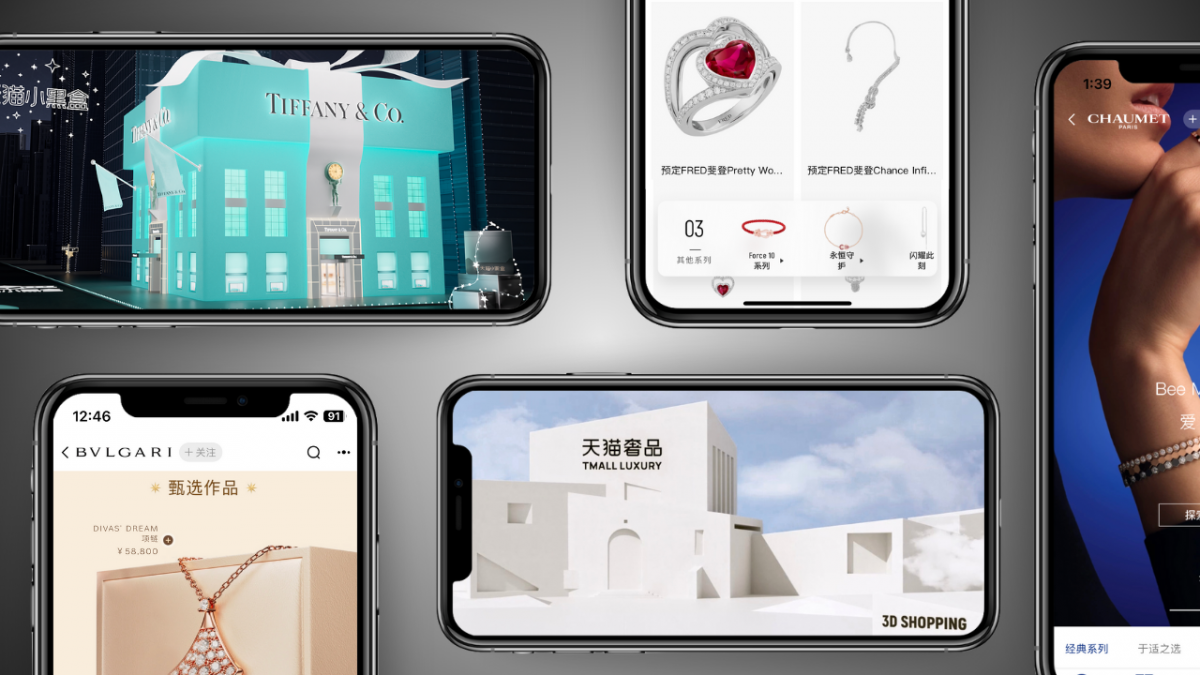As one of the leading Asian consumer markets, South Korea provides ample opportunities for luxury goods companies across many categories. Euromonitor’s Fflur Roberts reports.

Luxury aberrations
Real GDP is predicted to rise by 2.4% in 2017, after gains of 2.8% in 2016. A fiscal stimulus launched in October 2016 coupled with sluggish gains in private consumption is expected to drive the economy. Exports make up more than a third of GDP and will continue to contract, owing in part to the slowdown in China. Producers of smartphones, carmakers and the shipping industry all face serious challenges. Fallout from Seoul’s messy political situation undermines economic sentiment and deters investment.
Concerned about external conditions, many firms including those in the luxury goods industry are hesitant to boost investment. Sales of luxury goods are nevertheless expected to maintain moderate value growth (at constant 2016 prices) over the 2017-2021 forecast period; however, a slower CAGR is anticipated as the category experiences maturity.
In terms of digital, luxury goods continues to be one of the industries most impacted by the rise of the connected consumer. Online luxury goods sales will continue to outpace the industry’s overall growth rates and countries such as South Korea are clearly appealing to the mobile-first mind-set of today’s luxury consumer. In fact, South Korea is the most digitally-connected population today based on the digital connectivity component of Euromonitor’s proprietary digital index.
The country’s tech-savvy culture is unparalleled, with 99% of the population using broadband connections. It is a leader in technological development and has implemented some of the world’s fastest and most extensive networks, meaning this country is ideal for future digital commerce luxury spend.










